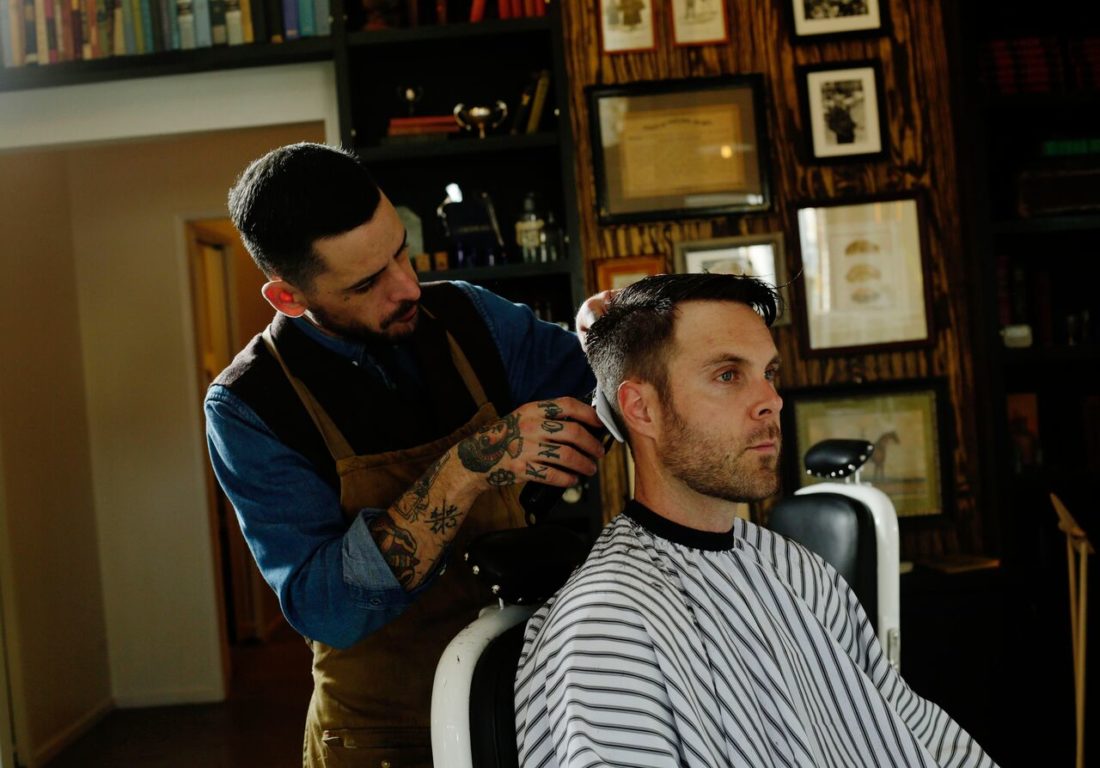
3 Unique Shaving and Grooming Rituals from Around the World
Hairdos have morphed wildly throughout history. We all know that the man bun is a weird millennial phenomenon, but it’s not nearly the oddest decision a guy has made with his follicles. For a quick history lesson on the subject, read on.
1. Ancient Egyptians
GQ published an article on this very topic, covering the shaving styles of the ancient Mesopotamians, Greeks, Romans and Germanic tribes. But of all those bygone societies, the Egyptians may have had the most singular take on hair.
Apparently, in the early dynastic period, Egyptians equated hair with animals, so “civilized” Egyptians cut off all their hair – on their heads, faces, chests, legs, arms, everywhere. (In other words, they did an Ancient World equivalent of a BSG cleanup.) In lieu of growing facial hair, Pharaohs sometimes set themselves off by wearing small fake goatees made of metal or gold or silver called “Osrids” (or “divine beards”). And priests used to preen themselves by plucking out all their hair one by one. (Not a service that the Barber Surgeons Guild offers.)
2. Medieval Europe
Fast forward a few thousand years: Soap was so rare that just having it was a status symbol. The place was medieval Europe. Some scholars argue that the monks used to shave circles into the hair atop their heads – rather than completely shave their heads – because of the shortage of lather. That hairstyle is called a “tonsure,” and the hair that remains around the bald spot is said to resemble a halo. Another interpretation is that the monks were letting the light of God pour unfiltered into their minds.
Today, whole cosmetic industries are built upon the huge variety of haircuts available to women, but in the medieval and Renaissance eras in Western Europe, high-class women began plucking their temples, eyebrows and foreheads. The imperious King Henry VIII also made beards popular for men – a style that persisted through the 16th century.

3. The Turkish Haircut
Anyone who’s ever had a Turkish haircut is not likely to forget it. To someone used to the how’s-it-going vibe of an American barber, the lightning efficiency with which their Turkish counterparts work may seem aggressive. If you didn’t know what a Turkish haircut was before you signed up for one, you might have thought you were getting beaten up as your hair was being cut. The author of this article, for instance, may or may not have had a Turkish haircut once and felt like he had landed in a Special Ops interrogation – head pulled from side to side, dunked in a bowl of water, hauled back into the air, ears slapped with a Q-tip set aflame, yelping when the hair inside his ears was singed clean. At the end of the haircut, however, many guys look in the mirror, red-faced and panting, and realize they’ve been impeccably groomed.
Weird hairstyling runs deep through time. Samson believed he’d lose all his power if he lost his long hair. During the Qing Dynasty in China, men wore their hair in long braids called “queues” because sporting a full head of hair was considered to be treasonous. But modern America’s no less quirky. Some think our own president wears a toupee.
The millennial mullet and the buzz cut are the new trends. The difference is that the pros at BSG can turn quirky into sharp and offer you products and services as varied as laser hair removal or botox, to boot. After all, good style is timeless.

